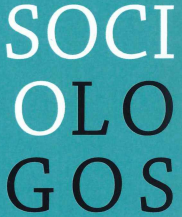Abstract
Empirical research shows that, in general, boys underachieve in comparison with girls on numerous educational outcomes, including school grades. Qualitative research in particular, suggests that the size of this gender gap is related to the ethnicity and social class of students. Especially in Flanders, there is little research using quantitative methods that has examined boys’ and girls’ study achievement at the intersection with ethnicity and social class. The aim of this study is to quantitatively test if the gender gap in achievement varies according to the ethnic and social class background of students. Use is made of data (2004-2005) from the Flemish Educational Assessment (FlEA) from 11872 students in the third and fifth year of secondary education in a sample of 85 Flemish schools. Multilevel analysis suggest that a gender achievement gap favoring girls exists in Flemish secondary education and that the size of this gap is dependent upon the social class of students. The gender gap turns out to be larger for students from the highest social class in comparison to working class students. The gender gap, however, does not vary according to the ethnicity of students. The implications of these results are discussed.
How to Cite:
Dhoore, J., (2016) “De genderkloof in onderwijsprestaties op een kruispunt met etniciteit en sociale klasse: een kwantitatieve benadering”, Sociologos 37(3), 170–191. doi: https://doi.org/10.21825/sociologos.86916
Downloads:
Download PDF
View PDF


